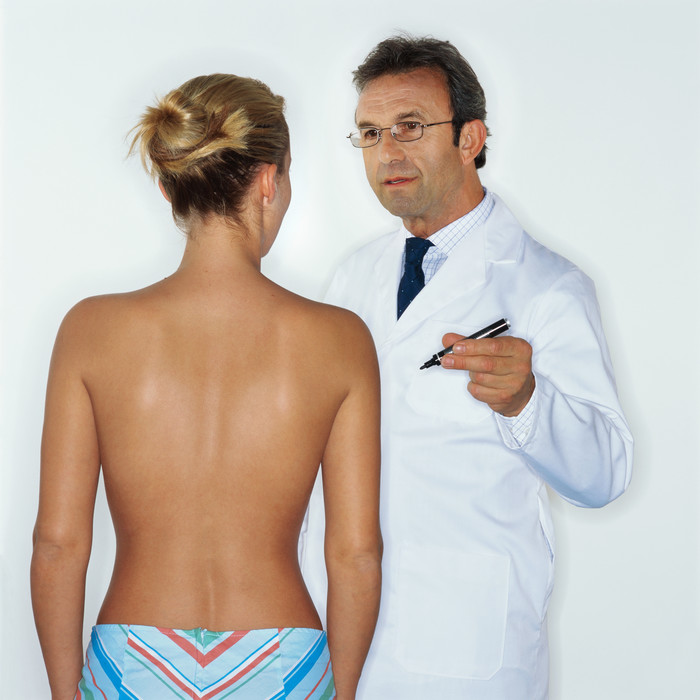
Some breast cancer patients require a mastectomy, the removal of a breast affected with cancer. Many choose to then have reconstruction surgery in an attempt to rebuild the breasts back to a normal look and shape. But when is the best time to have this surgery – at the same time you are having your mastectomy or at a later time?
Well, it depends on a variety of factors.
During the Mastectomy
Ideally, reconstruction begins at the same time that you have the mastectomy. This is especially important for earlier stage breast cancers. There is an advantage to having immediate reconstruction: Breast cancer patients do not have to wake up to the stark change of a removed breast. Instead, the reconstructed breast is already in place. This often helps with the breast cancer patient’s self-esteem and recovery.
Months After the Mastectomy
However, breast cancer patients who must undergo chemotherapy or radiation may choose to delay their breast reconstruction. Breast reconstruction cannot be performed until around six months after a patient’s final radiation treatment. However, chemotherapy varies. Some women have mastectomy and reconstruction immediately and do not start chemotherapy until after that is completed. Some women have to do chemotherapy first and then have mastectomy and reconstruction. Others have their mastectomy, have chemotherapy and wait to have reconstruction. Planning and timing is based on the type of cancer, pathology, oncology recommendation and the patient preference.
You might also decide to have reconstruction at a later time because, as a breast cancer patient, you are also dealing with a lot and may just want some time to make this decision and prepare for the surgeries.
Preparing for a Delayed Reconstruction
For those who do choose delayed reconstruction, the surgeon can put expanders in during the mastectomy that will help to keep the skin preserved to accommodate an implant or autologeous breast flap at a later time.
There are many decisions to make when you are undergoing breast cancer treatment and possible reconstruction. Patients and their team must consider timing and which reconstruction procedure is best. The patient can choose from implants or autologous breast procedures. Autologous breast reconstruction uses the patient’s own body tissue to recreate the breast. The tissue can come from the belly, buttocks or thigh.
It is important to note that if radiation therapy is indicated it’s best that occur before undergoing autologous breast reconstruction. Whether you decide to have autologous breast reconstruction or implant reconstruction will also depend on several factors, including your age, health status, location of the tumor, previous surgeries and the availability of extra tissue in your body. There are pros and cons of each procedure, so it’s important to talk to your doctor about which one is best for you.
The Center for Natural Breast Reconstruction believes in good health for everyone. If you or someone you know is in need of breast reconstruction, contact them at NaturalBreastReconstruction.com or toll-free at 866-374-2627.





 There is nothing like a support system to help you get through cancer diagnosis and
There is nothing like a support system to help you get through cancer diagnosis and At the doctor’s office, you are given pages upon pages of paperwork to fill out about
At the doctor’s office, you are given pages upon pages of paperwork to fill out about





